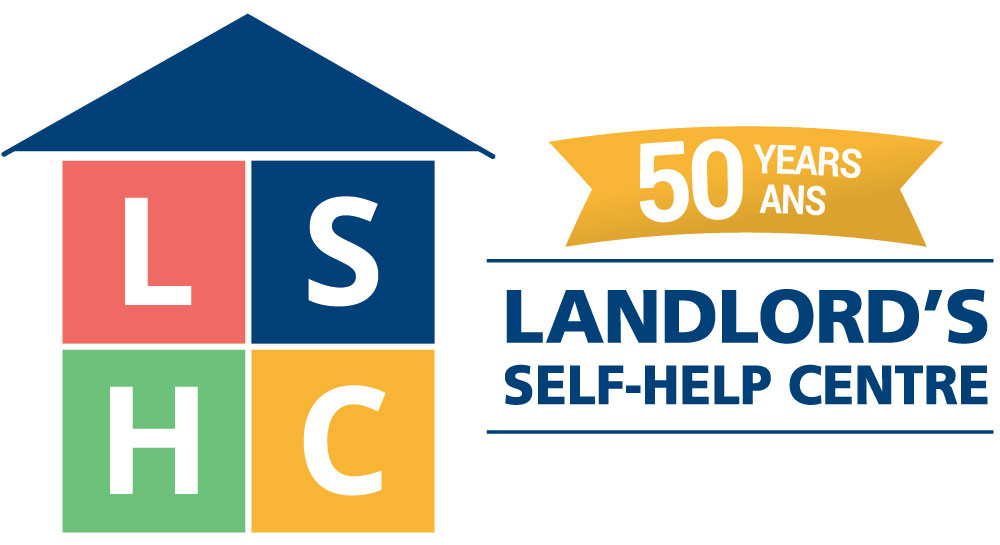Your first stop for self-help is a review of our FAQs. Take a look at the ever increasing collection of questions asked by Ontario’s small-scale landlords as well as the actual answers provided by Landlord’s Self-Help Centre.
The Court of Appeal has recently interpreted that the Ontario Regulation for Maintenance Standards only mandates that a landlord remove snow from outside communal areas of a residential complex not from places that are utilized only by individual tenants. However, when there are shared spaces, it remains the landlord’s responsibility. The case can be found here: https://www.canlii.org/en/on/onca/doc/2024/2024onca459/2024onca459.html
You should speak with a legal service provider to ensure that your rental unit and lease agreement align with the facts of the Crete v. Ottawa Community Housing Corporation case.
There is not a timeline set out under the RTA, however, your municipality likely has their own bylaws that specify how long after a snow fall the landlord has to clear it. For additional information, Landlords are encouraged to contact their local municipality.
Yes, this is true. The landlord is primarily responsible to maintain the common areas of the property if it contains multiple units, and that includes clearing snow and maintaining the lawn in the summer months. Tenants are responsible for clearing snow and ice from areas used exclusively by them pursuant to s. 33 of the RTA, which makes tenants responsible for ordinary cleanliness of the rental unit.
The issue of snow removal should be clarified in the tenancy agreement. If the tenant did not agree to do it, then it is the landlord’s responsibility.
According to the Residential Tenancies Act a landlord is responsible for providing and maintaining a rental unit in a good state of repair and fit for habitation and for complying with health, safety, housing and maintenance standards. When it comes to pest problems, it is usually the landlord’s responsibility to take care of the problem.
If the blinds were in the rental unit when the tenancy agreement was entered into and the blinds are in need of repair then it is the landlord’s responsibility to pay for a replacement.
You are not required to provide your tenants with an abatement of rent if the baseboards are in good repair. You and your tenant can sign an agreement stating that the baseboards are in good repair and tenant may change the baseboards should they wish at their own expense.
According to the Residential Tenancies Act a landlord is responsible for providing and maintaining a rental unit in a good state of repair and fit for habitation and for complying with health, safety, housing and maintenance standards. Therefore, when there is a pest problem in a rental unit, it is usually the landlord’s responsibility to take care of the problem.
If you are able to prove that the tenant is the one that caused the damage either wilfully or through negligence you can ask the tenant to pay for the cost of repairs.
The law does not set out specific provisions on this issue, generally if a problem occurs through no fault of the landlord and the landlord takes care of the problem promptly, the tenant has no claim against the landlord and should try to claim it on their insurance. However, if the tenant feels that the landlord is responsible they may file an application with the Landlord and Tenant Board for a decision.
As the landlord you have to try and help resolve the issues. The important thing is not to ignore a tenant’s complaints. Ask the tenants to provide their complaints in writing and keep track of when and why tenants are making complaints about other tenants. If you ignore the situation, the tenant may bring an application against you at the Landlord and Tenant Board.

